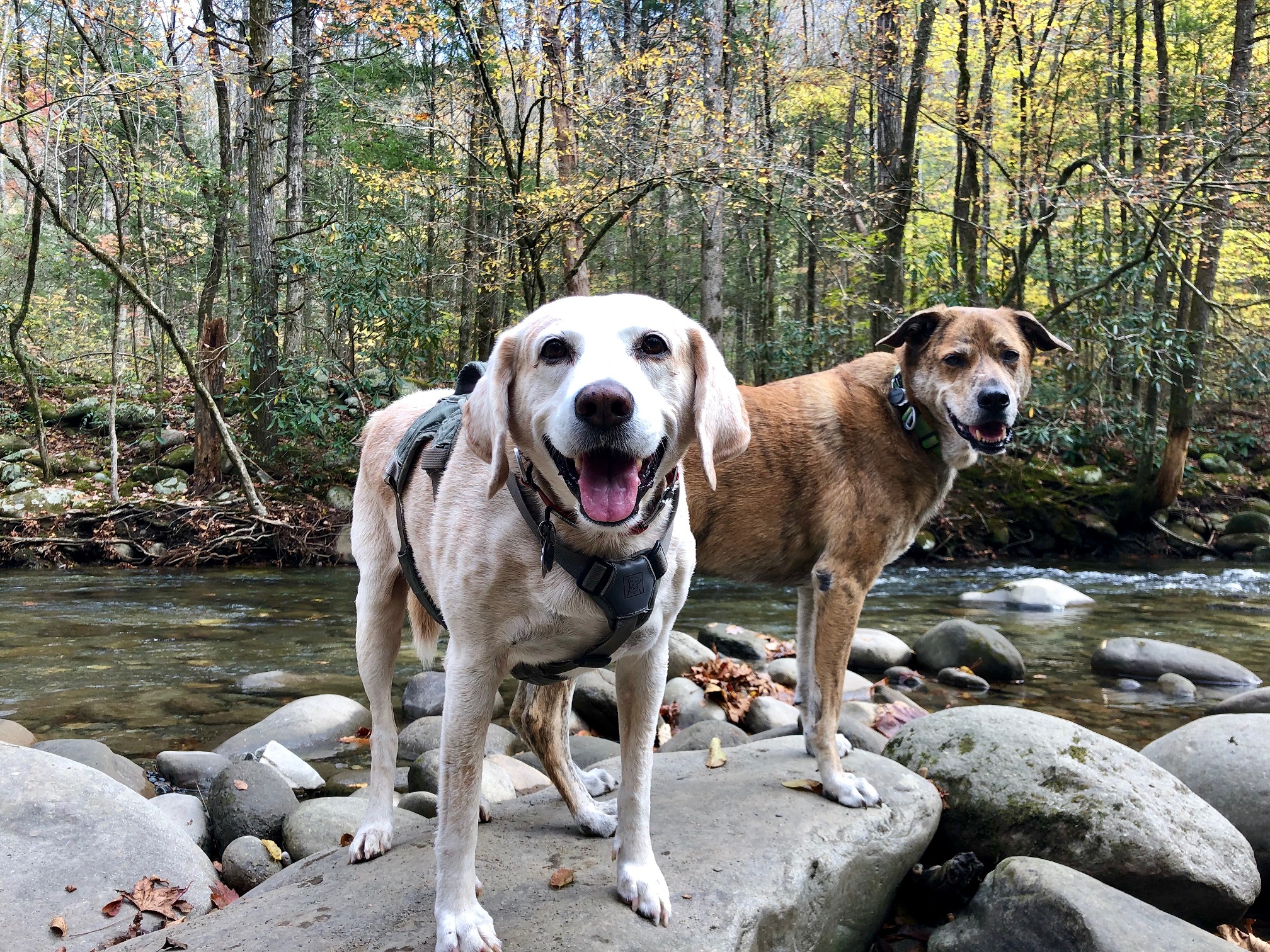And Your Little Dog, Too!
Tom Mazorlig //May 2, 2016//
When it comes to dog breeds, Americans are thinking small. The percentage of small dogs – those under 20 pounds – has been growing steadily larger since around 2000.
To go with this trend, more pet products companies are offering items designed especially for compact canines. If you want a rundown on the small breed trend and the products that trend has inspired, turn to our cover story. From special diets to tiny toys, the latest items for pint-sized pooches are here. For most pet retailers, stocking some of these and other items for these popular breeds is a no-brainer.
The reasons for the growing popularity of little dogs seem to be connected to the greater trends of modern living. More people are living in cities in smaller spaces. It’s easier to have a smaller dog in those types of dwellings than a large dog. As dogs have more and more been considered part of the family, more owners want to take their dogs with them as often as possible. Again, that’s easier with a smaller dog.
One aspect of having a small dog that doesn’t get talked about often but that I think is one of the big advantages they have over their larger cousins is that smaller breeds tend to live longer. With a smaller dog, there is a greater chance of seeing that pet live to be a dozen years or more. Of course, if you really want a long-lived pet, nothing beats parrots and tortoises.
Which brings me to my confession: I much prefer big dogs to small. There’s no question that small breeds are cute, loyal, smart, fun and affectionate companions. There’s just something about the bigger breeds that appeals to me. If I were to get a dog, I’d likely choose something on the larger side of the canine spectrum. For now, though, I’m sticking with cats, snakes and spiders.
















